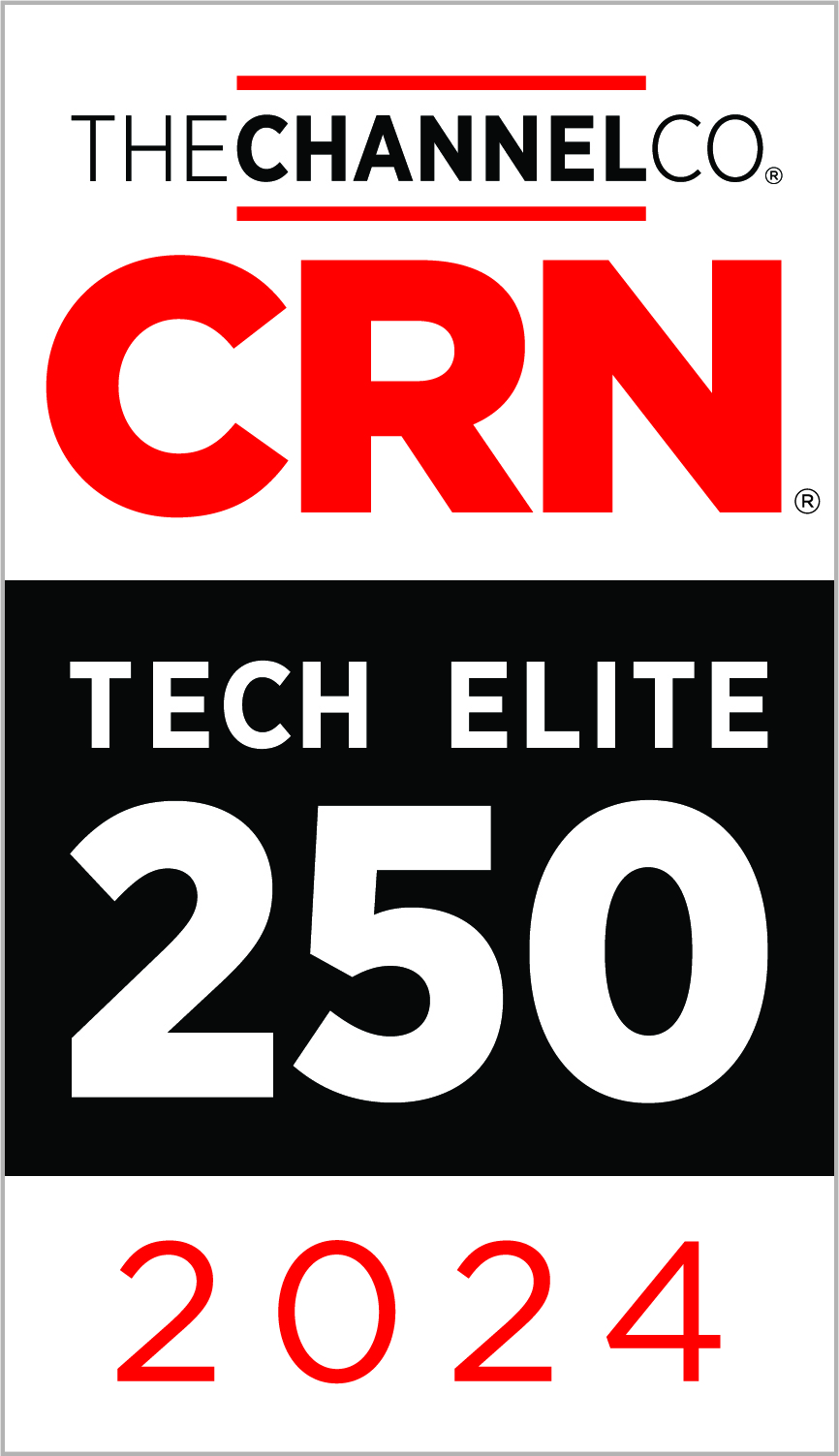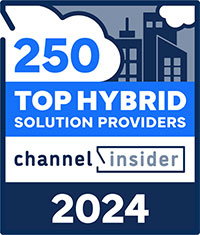It never ceases to amaze me. There’re the great big organizations who have million-dollar lobbies and healthy quarterly dividends. The CEO has a jet or six and from the outside looking in, things look like all their ducks are in a row. A facade is misleading. My last date was a facade, but that’s another subject all together. In other words, things are not always what they seem.
A Lack Of Business Continuity
Organizations spend millions and millions on their research & development (as they should), employee retention and many other pertinent tangibles and intangibles. However, I have noticed a significant gap in the investment in their business continuity. They may not even practice business continuity. They pay little or no attention to that gorilla in the room. Also known as a Disaster (Natural or Manual).
Now some of this is due to negligence and some of this is due to that 20-something mentality that one is bullet-proof. The big ‘D’ here is Denial; the fact that it can never happen to us. We’re too big and somebody will know what to do.
Well, that’s not always the case. If a catastrophe does happen (God forbid), an organization needs to have a contingency plan in place. They should also be able to quasi-predict the catastrophe before it actually happens.
The Cost of Downtime
Downtime in an IT infrastructure can cost an organization millions of dollars per every minute the infrastructure is down. That’s why maintenance windows are done at 1 AM and not during peak times. Could you imagine if Amazon went down on Cyber Monday? Yes, it’s an extreme example, but imagine if your organization went down.
Then ask yourself the following questions:
- What would happen?
- Would our clients be adversely affected?
- How much money would you lose?
- How much data would you lose?
- How valuable is that data to your organization?
- How are we going to get it back?
- Who do we call?
The list of questions is infinite. Your organization may not ever be able to be fully down. Imagine if a city’s fire department IT infrastructure went down? It could project total chaos.
Now that I have made my point on the seriousness of an IT infrastructure going down, it’s time to make my other point. That is business continuity.
Business Continuity- What is it?
Wikipedia defines Business Continuity as:
“ The process of creating systems of prevention and recovery to deal with potential threats to a company. In addition to prevention, the goal is to permit ongoing operation, before and during execution of disaster recovery.”
The keywords in that definition is “ongoing operation.” Floods, earthquakes, cyber-attacks, human error can all affect the ‘ongoing operation’ of an organization. Having backups (quite possibly more than one) in place to keep the lights on is vital. This is a worthy investment and by investing in a Disaster Recovery plan may make you cringe, imagine the investment you would have to make if you didn’t.
When did Noah build the ark?
Before the storm….Before the storm….
Zunesis has an IT Health Check service which is quick and not physically painful! Let us come in, understand your infrastructure and help you prevent that 10,000-year flood. Click here for more information!
“Endgame”:
- (in chess)- the final stage of a game, usually following the exchange of queens and the serious reduction of forces.
- the late or final stages of any activity.
Superfan Alert
This Friday, Marvel’s Avengers: Endgame premiers in theaters (technically tonight if you were lucky enough to get tickets to the Thursday night screenings). It is shaping up to be the most anticipated film in human history.
Since I am a Marvel superfan, you could take this statement as hyperbole. But with presales ticket figures at over $130 million and one crazy fan even paying $15,000 on eBay for a pair of tickets…I stand by my claim!
It seemed only fitting to write about this massive cinematic event in my blog this week. Besides the fact that it is one of the most prominent topics of discussion as we inch closer and closer to the big premier. “Endgame” also happens to be the “main event” at the IT presentation that Zunesis is hosting in conjunction with Aruba and HPE tomorrow (again…if you were lucky enough to get tickets to our SOLD OUT event)!
If you remember, (which I’m sure you do if you have even the slightest inkling of what these movies are about) when we last saw the remainder of our heroes, they were left sitting helplessly after just witnessing half of the known universe be completely obliterated from existence! How’s that for a bad day?
Like in chess, the leftover Avengers are in the “endgame” with little resources and only the faintest hope of gathering their remaining forces and rallying one last offensive against the enemies of the universe. As exciting as this is and as eager as many of us are to see the conclusion of this epic saga…the whole concept really got me thinking about the other world I live in; the world of IT.
IT Endgame
 What if you, as a customer, got put into a situation where you had greatly reduced resources? What if your data center experienced catastrophic failure and you and your colleagues found yourself in the “IT-endgame”? Wouldn’t you avoid this if you could? Wouldn’t it be nice to have Dr. Strange in your ear telling you where your environment is at, where it has been, and where it will be? Well now you can, with our help!
What if you, as a customer, got put into a situation where you had greatly reduced resources? What if your data center experienced catastrophic failure and you and your colleagues found yourself in the “IT-endgame”? Wouldn’t you avoid this if you could? Wouldn’t it be nice to have Dr. Strange in your ear telling you where your environment is at, where it has been, and where it will be? Well now you can, with our help!
It’s called Recurring Data Center Advisory Service or RDCAS (I’m pushing for “RDSAS”, Recurring Doctor Strange Advisory Service, but nobody will listen to me). It’s the newest professional service that Zunesis offers to our HPE-centric customers. I know that our CEO just wrote his own blog on this topic a few weeks back, but it is a great new offering that we have in our professional services catalog and I really want people to see the value that it brings! And what better way than using the biggest movie on the planet as an analogy?
RDCAS is an advisory service wherein Zunesis will continually review your HPE infrastructure (the frequency of which is based on your company’s personal preference) and give you a documented summarization of our findings after each run-through. We will create an effective maintenance plan for you that details when your required or recommended updates are, processes involved for said updates, and can even download and provide update packages for you. We will monitor your support contracts and even escalate your service tickets with a sense of urgency.

Imagine being able to sit-down with Dr. Strange every quarter and review the entirety of your HPE infrastructure (or as much as you wish to review). You will have an accurate representation of your environment’s performance, OS versions, updates, patches. Wouldn’t it be nice to have an ongoing cadence that improves your uptime and overall infrastructure health. Or would you rather wait and find yourself in the “datacenter-endgame” like those poor Avengers? If you answered “yes” to this question, then Recurring Data Center Advisory Service is the right-fit for you!
I have barely scratched the surface of what the RDCAS can provide. While maintenance and support costs are on the rise (especially in the case of a massive failure), I want all our customers to know that this great service is available. It’s like G.I. Joe said, “knowing is half the battle”.
If you want to learn more about RDCAS or how Zunesis can help you with your IT environment, please reach out to a Zunesis or visit our website! Until then, I wish you all a super-heroic Thursday and a MARVELous weekend! “Avengersssss Assemble!’
OT and IT Working Together
At one time, IT managers and staff may have been holed up in corporate headquarters, far away from the action on the factory floor. Now, they find themselves working side by side with their operations technology (OT) counterparts: the operators, engineers, technicians, and maintenance personnel.
Collectively, they’re tasked with marrying existing OT processes with cutting-edge IT infrastructure. The convergence of the IT infrastructure (dedicated storage, compute hardware) with OT processes and systems (heavy machinery, industrial robots, niche factory equipment) has resulted in the creation of cloud-based applications, sophisticated sensors, and other components that make up the Industrial Internet of Things (IIoT).
“The edge is a place where OT has traditionally resided,” says Dr. Tom Bradicich, vice president and general manager, IoT and Converged Edge Systems, at Hewlett Packard Enterprise.
“The manufacturing floor, a wind farm, a submarine, a smart car, a smart city, a power plant, a smart grid, an industrial oil refinery—those are all OT domains. And more and more, IT is moving out there.”
HPE’s Converged Edge Systems
Enter HPE’s Converged Edge Systems to physically bridge OT and IT. With the same compute and storage capabilities as those running in the cloud and data centers, organizations can process full, unmodified enterprise workloads at the edge. This essentially gives businesses a second on-premises environment (along with the traditional data center) and removes the need to move data and workloads back and forth between the edge and the cloud, providing faster response times and lower bandwidth costs.
HPE EL300
Specific to the convergence of OT and IT at the Edge, HPE has introduced the EL300. The EL300’s ruggedized hardware profile and flexible networking, compute, and storage options make it an ideal candidate for deployment in harsh Factory Floor edge environments.
The EL300 is embedded with the new HPE Edgeline Integrated System Manager (iSM) to manage local Edgeline systems complete with edge-specific capabilities such as remote management over WiFi and LTE connections. It is also supported with the Edgeline Infrastructure Manager (EIM), providing a dashboard view into the health of hundreds to thousands of managed systems at a site. EIM can also automate discovery of new devices and be used to easily deploy firmware and software updates.
The EL300’s OT data acquisition, control and networking modules allow Edgeline systems to “talk” with a greatly expanded variety of OT equipment, from IoT sensors to sprawling SCADA systems. Additional tools simplify management of connected equipment, and the workflows that drive them.
They include:
- HPE Edgeline OT Link Platform software, which automatically recognizes and exposes all OT Link certified hardware in the system. It lets non-coders create and supervise data movements using a simple drag-and-drop workload flow designer
- The optional HPE Edgeline Workload Orchestrator (EWO), which provides centralized deployment and management of containerized applications, middleware, and flows.
Stay tuned for more from the HPE Edgeline team as the converged OT and IT systems make configuration and support easier, and by a wider range of people, from OT specialists to trained IT staff.
Credit and Leasing
In today’s world, you rarely, if ever find someone who does not have a payment schedule for something they couldn’t or didn’t want to buy outright. Between phones, cars, houses, and credit cards, most of us have something that we put on credit. The concept of credit is not new, and it has had many different faces and reputations over the years.
In fact, I find it somewhat assuming that as a society we depend on credit. Yet in general our concept of credit is one of disdain. Or we use it just because we have to, not because we want to.
Leasing options in the IT industry have been met with similar attitudes. In fact, there are some companies and agencies that will make a hard and fast rule that you CAN’T lease.
But what if things were different?
What if there was a way to purchase the technology you need, pay for it on a yearly basis as your budget becomes available and still not sign a lease?
Subscriptions or subscription agreements have been around as long as credit/leasing have. With the rise of software and cloud computing, subscriptions have become more and more prevalent in our IT world.
So the brain trust here at Zunesis thought this through, and we said to ourselves:
“What if we could provide a subscription agreement for on premises hardware and remove the stigma of a lease from our customers minds?”
What would this look like?
Customer Challenges
First, we wanted to come up with a list of challenges our customers are facing. Here is what we found:
- Traditional storage infrastructures have hard limits on capacity and data growth is unpredictable.
- Traditional infrastructure refresh cycles are typically every 2.5 – 5 years, and these refresh cycles require extensive planning and time-consuming data migrations.
- The rate of data growth today is unprecedented. This growth is being driven by analytics, machine learning, artificial intelligence, video, and edge-based Internet of Things (IoT) applications.
- Capital costs continue to rise on enterprise storage because of demands for faster I/O, greater redundancy, and enhanced security. Finding cost-effective ways to provision storage is a major challenge for most organizations today.
So after some careful thought, we realized that we would need a procurement model that allowed our customer to purchase all the infrastructure necessary for a complete data center refresh. It needed to be sufficient enough to support current operations and five-years of planned growth.
Subscription Agreement
To make that happen, Zunesis teamed up with Hewlett Packard Financial Services to create a SLED/Nevada compliant agreement that would allow our customer to make cost-effective annual payments for managed infrastructure.
We would set this up as a subscription agreement, providing the following benefits:
- An annual cost that is consistent year over year. No surprises.
- Proactive support from vendors is included, off-loading administrative overhead of updates, migrations, and end-of-life transitions.
- The Subscription Agreement allows for rapid and unpredictable storage / infrastructure growth.
- The Agreement enables costly and risky data migration to happen only once (in 5-year life cycle).
- The Agreement enables consistent and predictable budgetary planning.
This agreement would be created to allow organizations to buy best in class infrastructure at sufficient scale to allow the organization to be supported today and into the future. This would be beneficial to our customers by eliminating the need to incrementally improve their infrastructure and remove all of this risks of frequent migrations with this incremental upgrades.
Now in theory and on paper we thought this would be a great benefit and something our customers would really gravitate toward, but as my mother used to say, “the proof is in the pudding.”
Would customers ever sign an subscription agreement like this? Well, I am happy to announce that we signed our first customer subscription agreement in March of this year. We have several other customers that are working to be next on the list for this option.
If this sounds like something you may be interested in looking in to, we would welcome you to contact us to see if this will fit your needs!!




